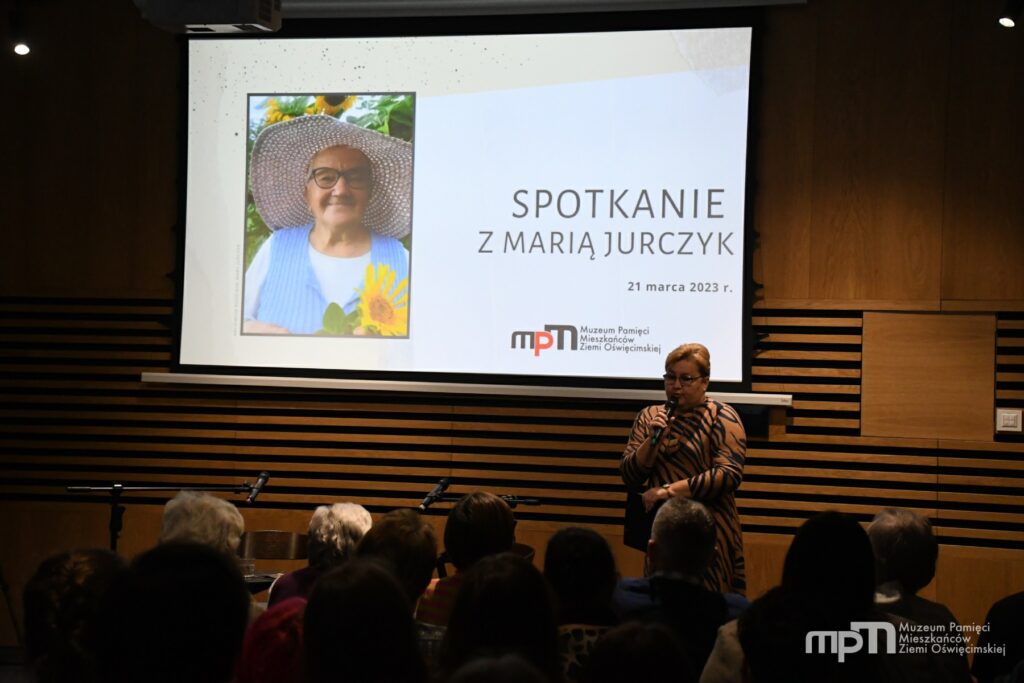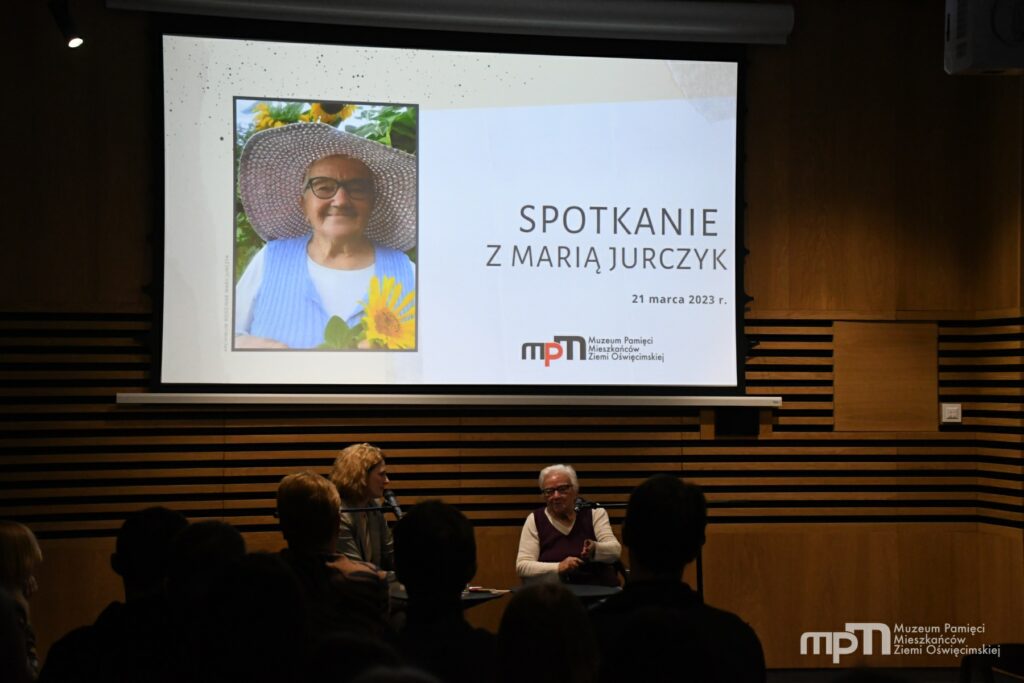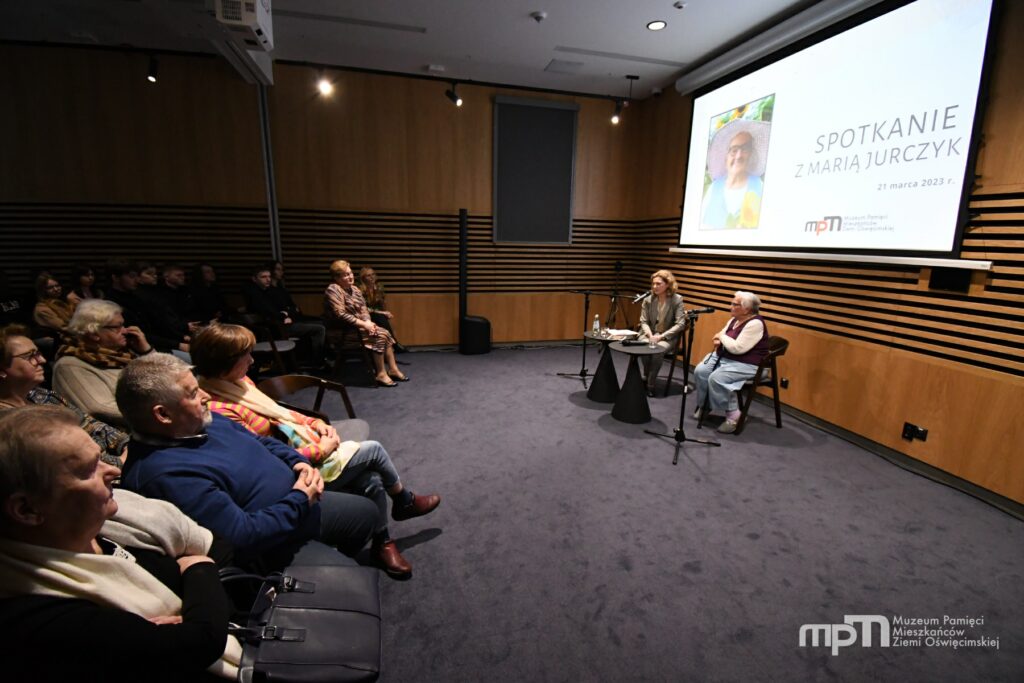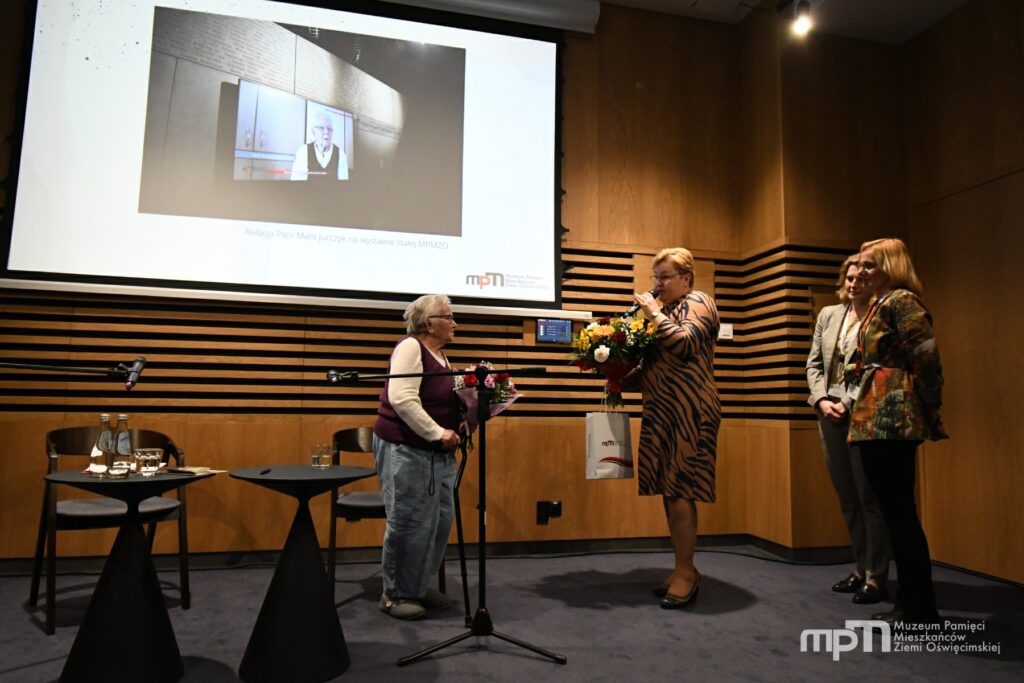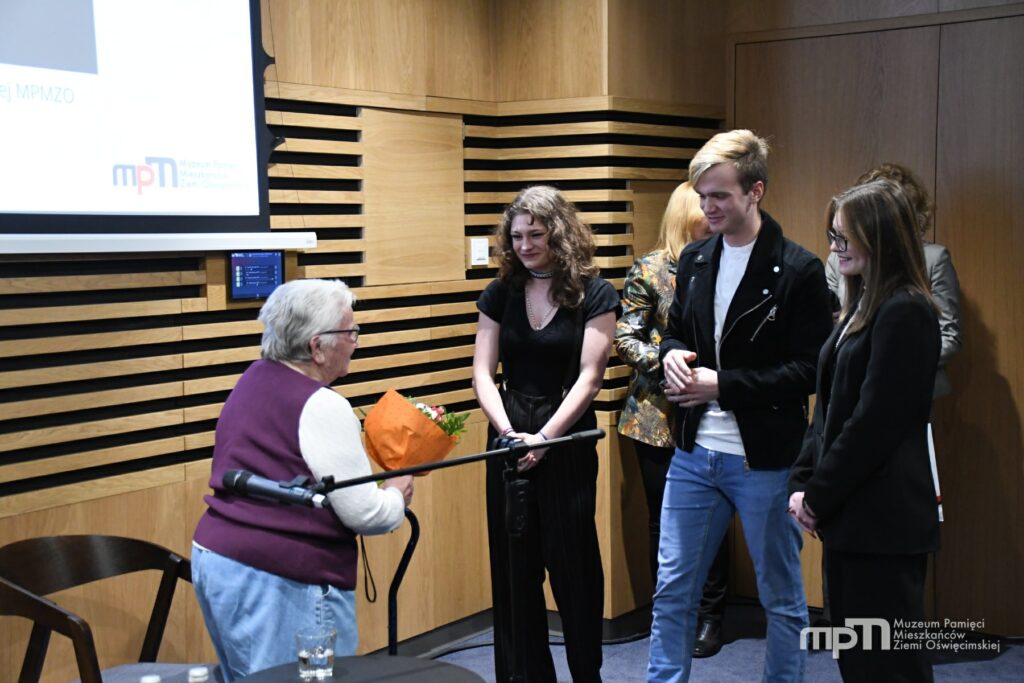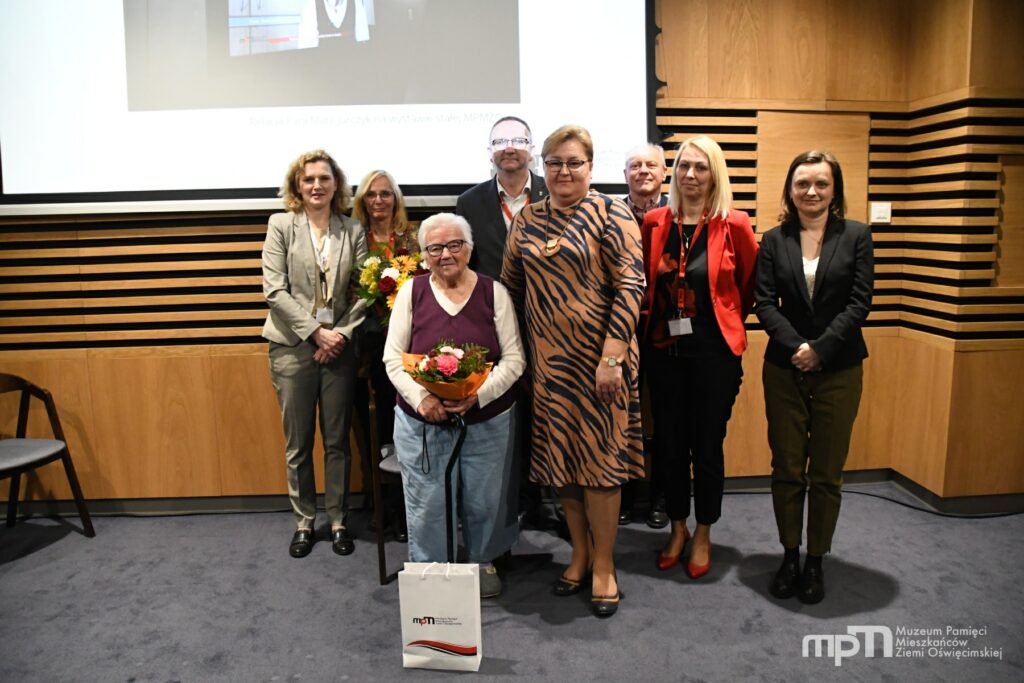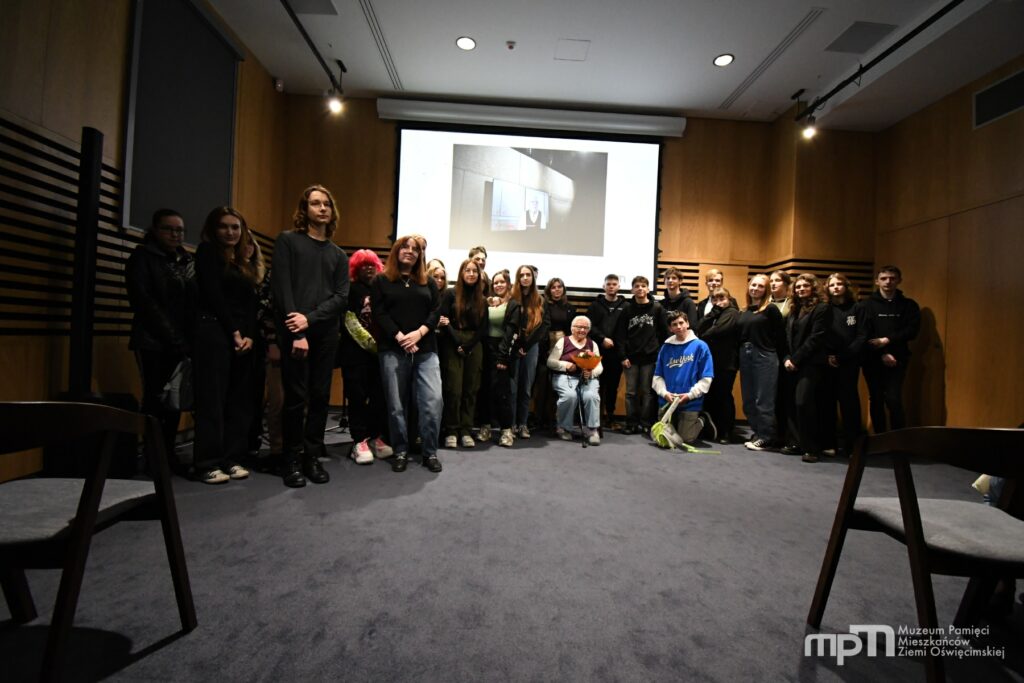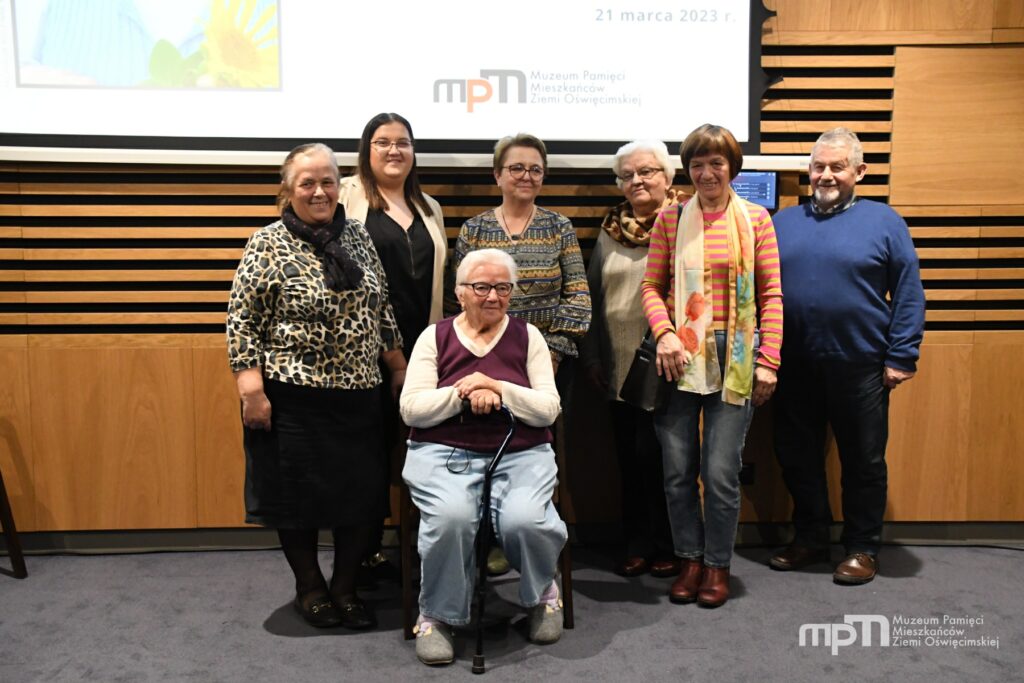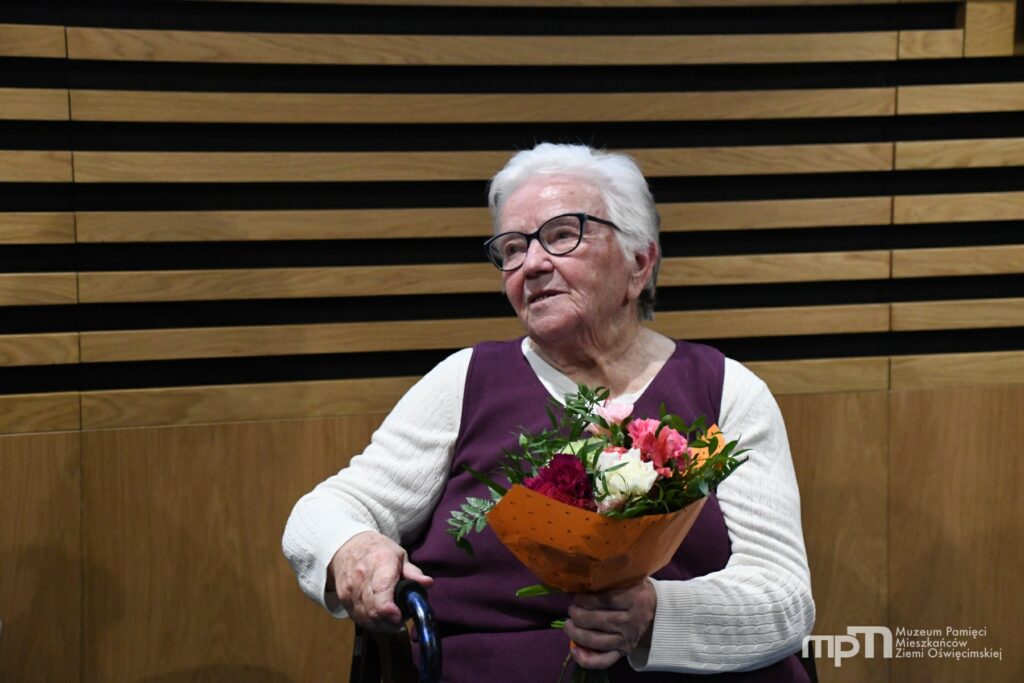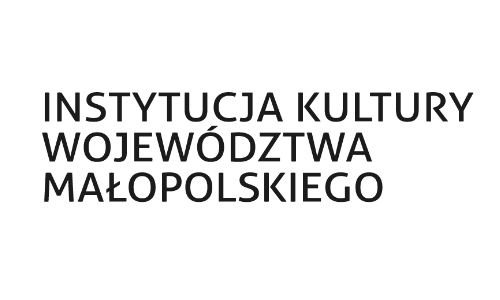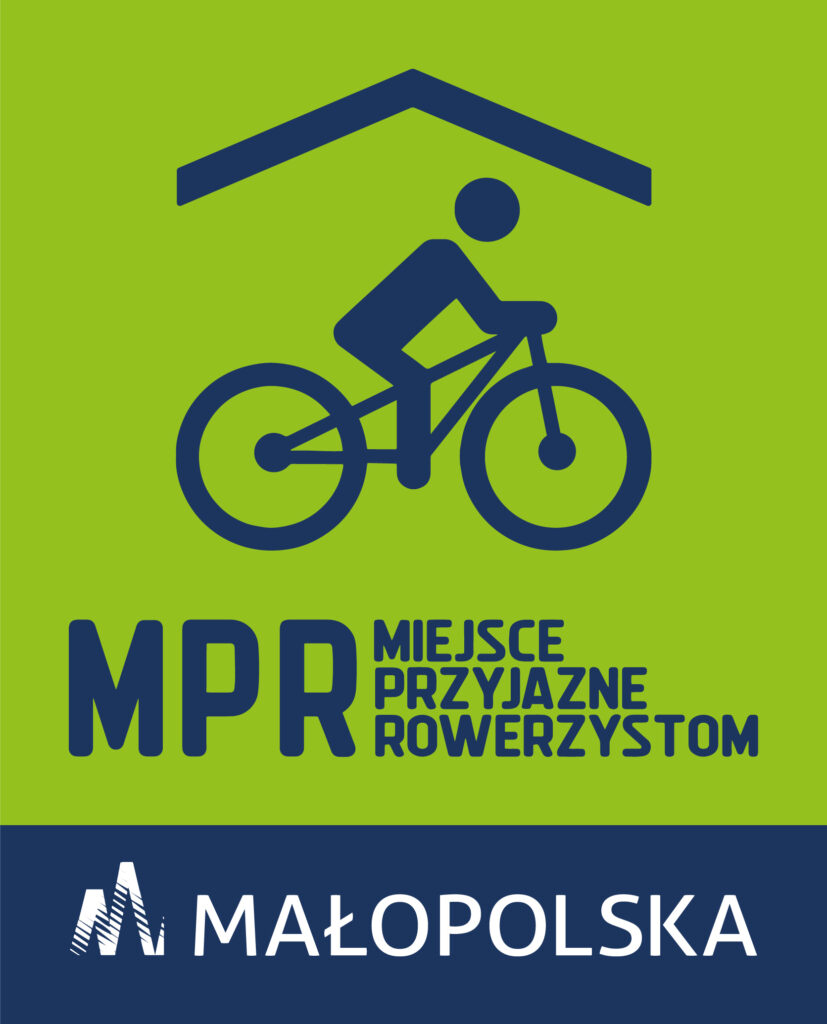The meeting with history witness Maria Jurczyk was the second one organized this year at the Remembrance Museum. An internet broadcast made it possible for Maria’s family in the United States to see her in interview.
Museum Director Dorota Mleczko, in welcoming the heroine of the meeting and its participants, recalled that in February centenarian Józefa Handzlik had spoken about life in Brzezinka before the war, deportations by the Germans and assistance to Auschwitz prisoners.
“Today, thanks to Maria, we can learn about the history of another village – Osiek. I hope that these meetings with witnesses of history who come from different localities in our area will allow all of us to learn more about the history of our localities and people. As we know, history is made by people and their fates,” she said.
The introduction to the talk was prepared by museum educators Joanna Cebulska and Anita Bury. Anita Bury also led a further conversation with Mrs. Jurczyk.
Maria Jurczyk (nee Domasik) was born in Osiek in 1930. When the war broke out, she watched crowds of people fleeing with their belongings from the approaching German army.
“A great many people were fleeing. There was panic and there was a rumour that the Germans were killing, chopping off arms and legs, doing such terrible things,” recalled Maria Jurczyk. As she recounted, her father Józef persuaded the escapees to return home, wait for further developments and not expose themselves and their families to wartime wandering. Many who listened to him later thanked him for his advice.
In May 1941, the Germans deported the Domasik family from Osiek to Grojec. Here, after various troubles, they ended up in an apartment in a farmhouse near Grojecka Gora. Despite the harsh conditions, the Domasiks helped Auschwitz prisoners. In recounting this part of her life, Maria recalled, among others, the figures of Kazek Jędrzejowski and Wojciech Jekiełek. Both were active in the underground structures of the Peasant Battalions. They delivered food, medicine and secret messages to those imprisoned in the camp. “Kazek” paid for this activity with his life.
An hour and a half of an emotional meeting with Maria Jurczyk passed very quickly. Director Dorota Mleczko and the museum staff, as well as representatives of the youth, expressed their thanks for the extraordinary story. The event was attended by students from the District Complex No. 2 of the I. Łukasiewicz General and Technical Championship Schools in Oświęcim, District Complex No. 4 of the Economic and Gastronomic Schools in Oświęcim and District Complex No. 9 of the Maria Dąbrowska School in Kęty.
The Remembrance Museum broadcast the meeting live, thanks to which Maria Jurczyk’s relatives from the United States were able to attend.
See the meeting on YouTube

